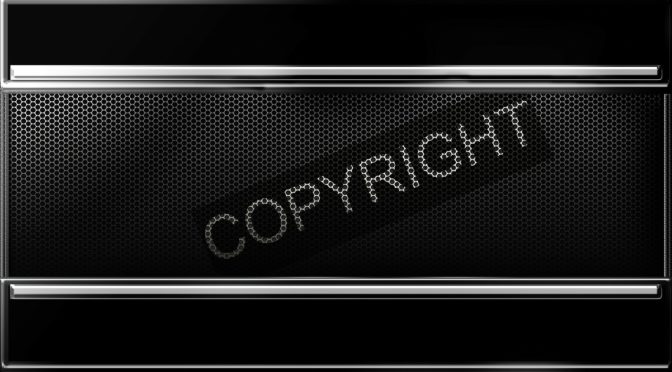 The songwriting process is rarely easy. Giving life to that creative spark is a process that can take countless hours, the behind-the-scenes toil never known to the audience that finally hears the song.
The songwriting process is rarely easy. Giving life to that creative spark is a process that can take countless hours, the behind-the-scenes toil never known to the audience that finally hears the song.
So, it’s important that all the sweat, anguish, and fine-tuning that turned your “kernel-of-an-idea” into a “track-on-an-album” counts for something. Even if your finished song doesn’t get shared with a wide audience, you should protect it nonetheless.
The act of copyrighting your work grants you, the owner, the exclusive right to have your work reproduced. Under the Copyright Act, protection starts the moment your songs are fixed in tangible form–recorded or even just scribbled down. The copyright then becomes property of the author and only the author, or those deriving their rights from the author, can claim the copyright.
With copyrighted works, you also have the privilege to: prepare derivative works based on your original tune; distribute copies of your work to the public, by sale, retail, lease, lending, or other transfer of ownership; and perform and display the copyrighted work publicly.
The more public your music the better, since as an artist, most of your money is made through the sale of your music, as distributed through a music publisher.
But lots more can be earned from paid TV and radio performances. But how do you ensure that you’ll receive the proper compensation if your songs are used in various media?
That’s where performing rights societies such as The American Society of Composers, Authors, and Publishers (ASCAP); Broadcast Music Inc. (BMI); and the Society of Composers, Authors, and Music Publishers of Canada (SOCAN) come in.
These are the organizations responsible for tracking when and where an artist’s copyrighted songs are broadcast, whether the exact track is used for background music in an episode of CSI, or if the next American Idol hopeful sings a variation of it.
This applies to international broadcast as well, in every country, save Russia and China, where copyrights are not honored. Every time your creation hits the airwaves, you’ll be compensated with a royalty check, delivered to your door every few months.
Your claim to copyright in the melody and lyrics of your songs can be registered with the Copyright Office. They usually require the copyright owner to deposit “two complete copies of phonorecords of the best edition of all works subject to copyright that are publicly distributed in the US, whether or not the work contains a notice of copyright.”
The proper form to register songs is Form PA (not Form SR). As long as all your music and lyrics are “unpublished,” you may register an unlimited number of songs together as a collection. This will extend the benefits of registration to each copyrightable selection in the collection.
Though not required, it’s recommended that you place a copyright notice on all your work. The notice includes the copyright symbol, the year of first publication, and the name of the copyright owner. Keep in mind, if your songs are published and distributed without a copyright notice, you’ll have relinquished your right to secure copyright and your songs would fall into public domain.
For more information on protecting your original creations visit the US Copyright Office at www.copyright.gov
BMI at www.bmi.com
SOCAN at www.socan.ca
ASCAP at www.ascap.com.




